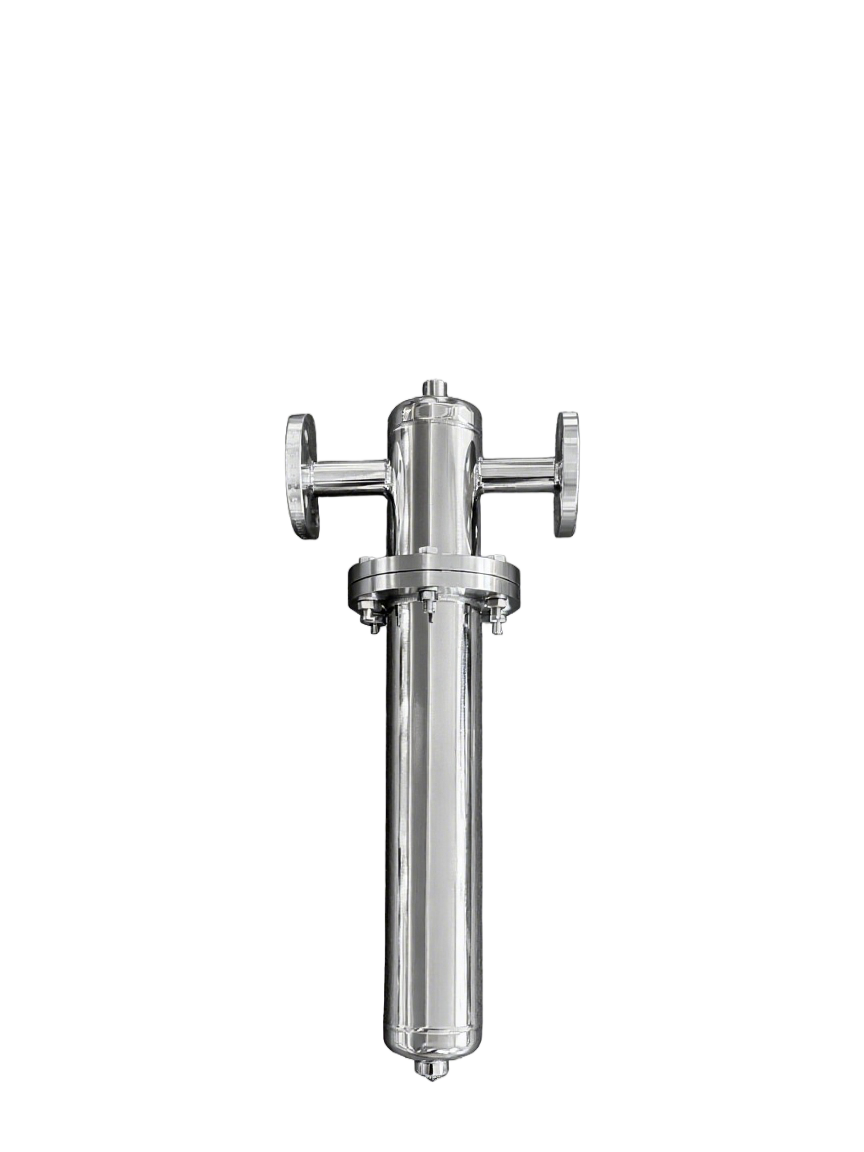Manufacturing process of instrument measurement structural component
Instrument measurement structural components play a crucial role in various industries, ensuring accurate and reliable measurements. From precision instruments used in laboratories to industrial equipment, these components provide stability, durability, and precision. In this blog post, Rui Pu Luo will delve into the manufacturing process of instrument measurement structural component.
I. Materials Used in Manufacturing
The choice of materials used in manufacturing instrument measurement structural components is crucial to ensure their performance and longevity. Common materials include metals, such as stainless steel, aluminum, and titanium, as well as advanced composites and polymers. Each material has its own unique properties, such as strength, corrosion resistance, and thermal stability, which are carefully considered during the selection process. Manufacturers often collaborate with material suppliers to source high-quality materials that meet specific requirements.
II. Manufacturing Techniques
The manufacturing process of instrument measurement structural components involves several techniques, each tailored to achieve precise dimensions, tolerances, and surface finishes. Let's explore some of the key manufacturing techniques used:
1. Machining: Machining processes, such as milling, turning, and drilling, are commonly employed to shape raw materials into the desired component geometry. Computer Numerical Control (CNC) machines are often used to ensure accuracy and repeatability.
2. Casting: Casting techniques, such as investment casting and die casting, are utilized to produce complex shapes with high dimensional accuracy. Molten metal or alloy is poured into a mold, which is then cooled and removed to reveal the final component.
3. Forging: Forging involves shaping metal by applying compressive forces through the use of dies and hammers. This process enhances the strength and structural integrity of the component, making it suitable for demanding applications.
4. Additive Manufacturing: Also known as 3D printing, additive manufacturing is gaining popularity in the production of instrument measurement structural components. This technique allows for the creation of intricate geometries and customization, reducing material waste and lead times.
5. Welding and Joining: Welding and joining techniques, such as laser welding and adhesive bonding, are employed to assemble multiple components into a single structure. These techniques ensure the integrity and strength of the final product.

III. Quality Control Measures
Ensuring the quality and reliability of instrument measurement structural components is of utmost importance. Manufacturers implement rigorous quality control measures throughout the manufacturing process to meet industry standards and customer requirements. Let's explore some of the key quality control measures employed:
1. Material Testing: Material suppliers conduct various tests, such as tensile strength, hardness, and chemical composition analysis, to ensure the materials meet specified standards. Manufacturers may also perform additional tests to verify material properties before production.
2. Dimensional Inspection: Precision measurement tools, such as Coordinate Measuring Machines (CMMs), are used to verify the dimensional accuracy of components at various stages of production. This ensures that the final product meets the required specifications.
3. Non-Destructive Testing (NDT): NDT techniques, such as ultrasonic testing and X-ray inspection, are employed to detect internal defects or inconsistencies without damaging the component. This helps identify potential issues that may compromise the performance or safety of the component.
4. Surface Finish Evaluation: Surface finish plays a crucial role in instrument measurement structural components, as it affects their functionality and durability. Manufacturers employ techniques like profilometry and visual inspection to evaluate surface roughness, texture, and cleanliness.
5. Performance Testing: Once the components are manufactured, they undergo performance testing to ensure they meet the required standards. This may involve subjecting the components to simulated operating conditions, such as temperature, pressure, or vibration, to evaluate their performance and reliability.
Conclusion
The manufacturing process of instrument measurement structural components is a complex and precise endeavor. From selecting the right materials to employing various manufacturing techniques and implementing stringent quality control measures, manufacturers strive to produce components that meet the highest standards of accuracy, durability, and reliability.
Rui Pu Luo
ruipuluo_wyh2017@163.com



